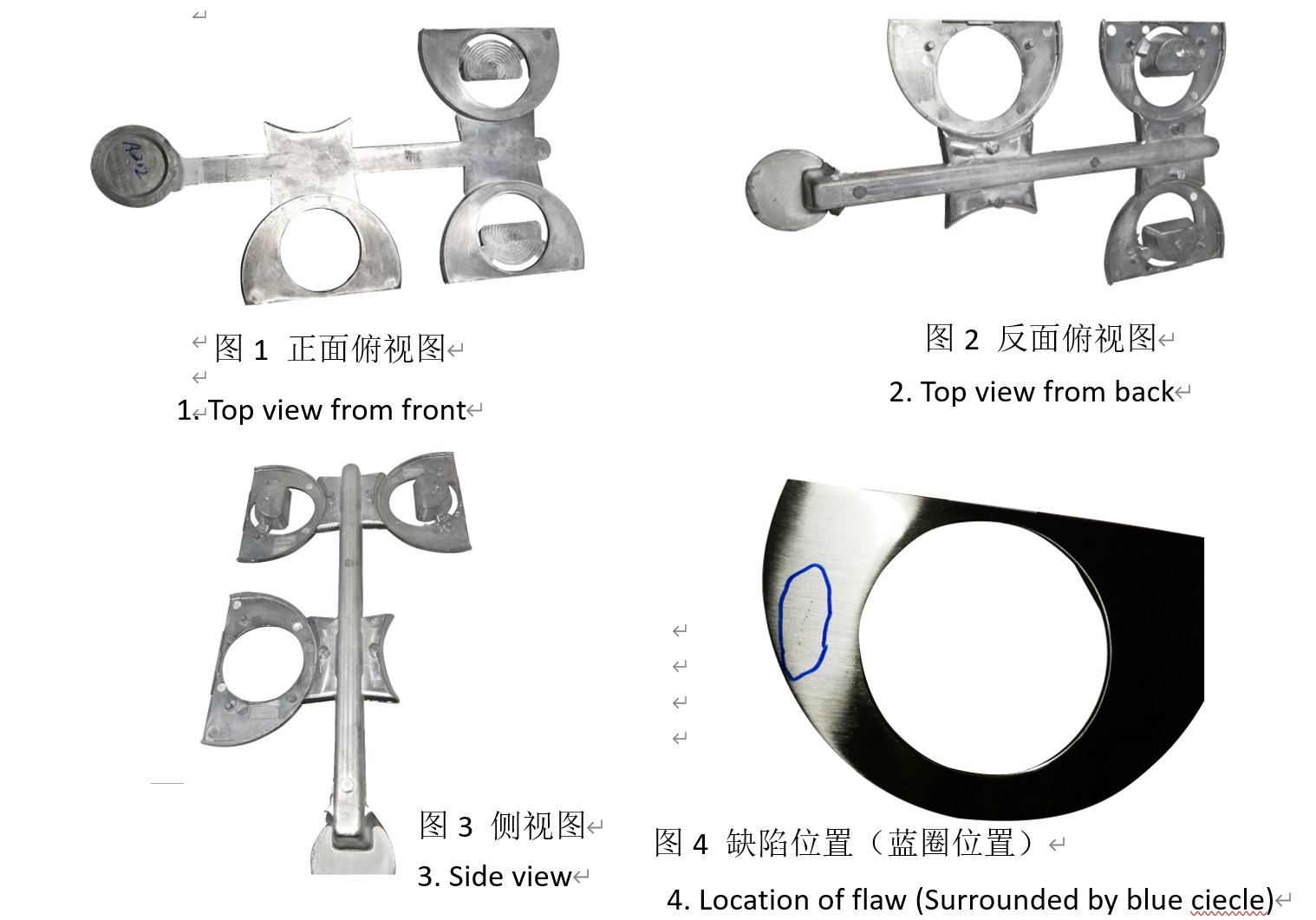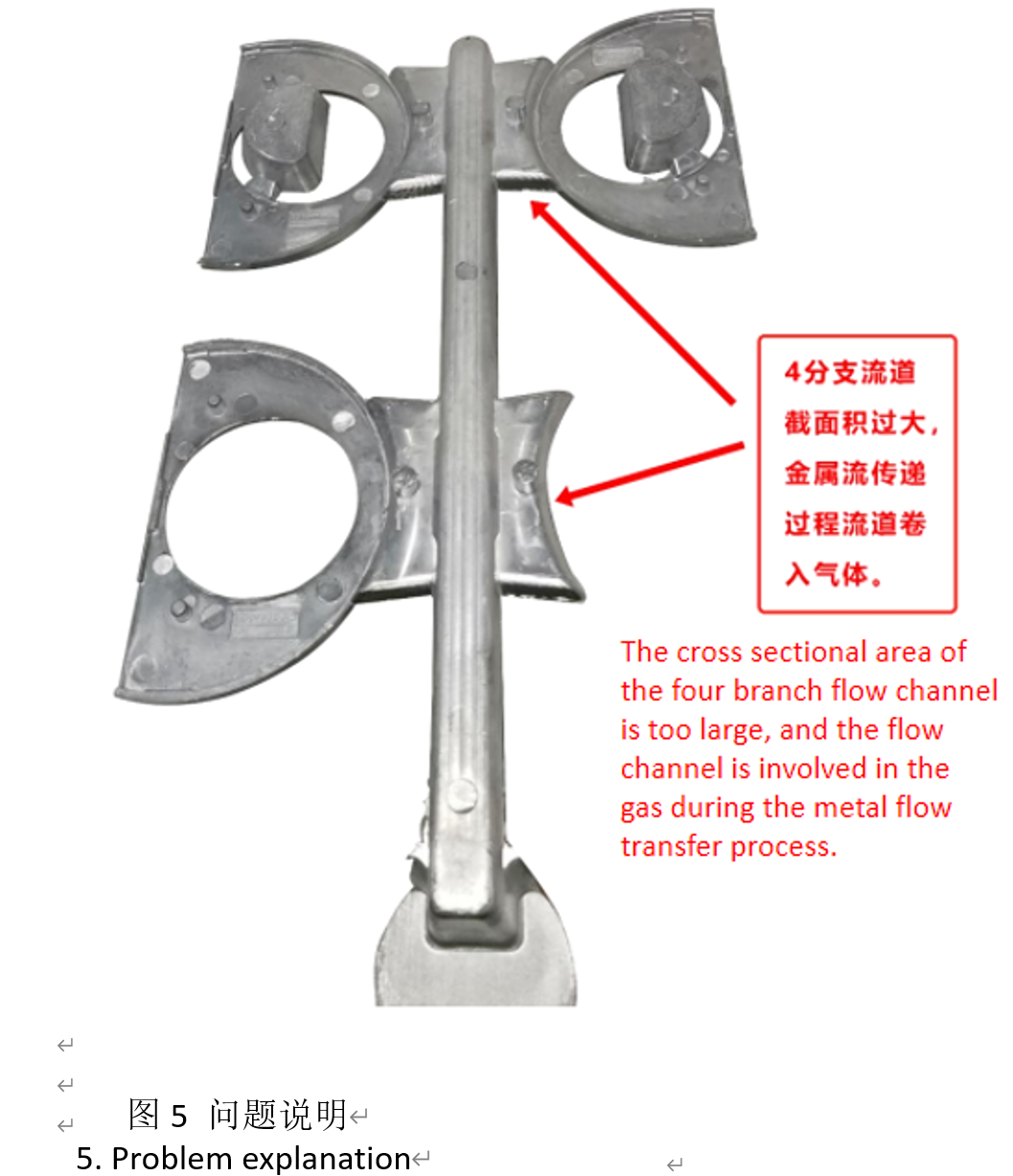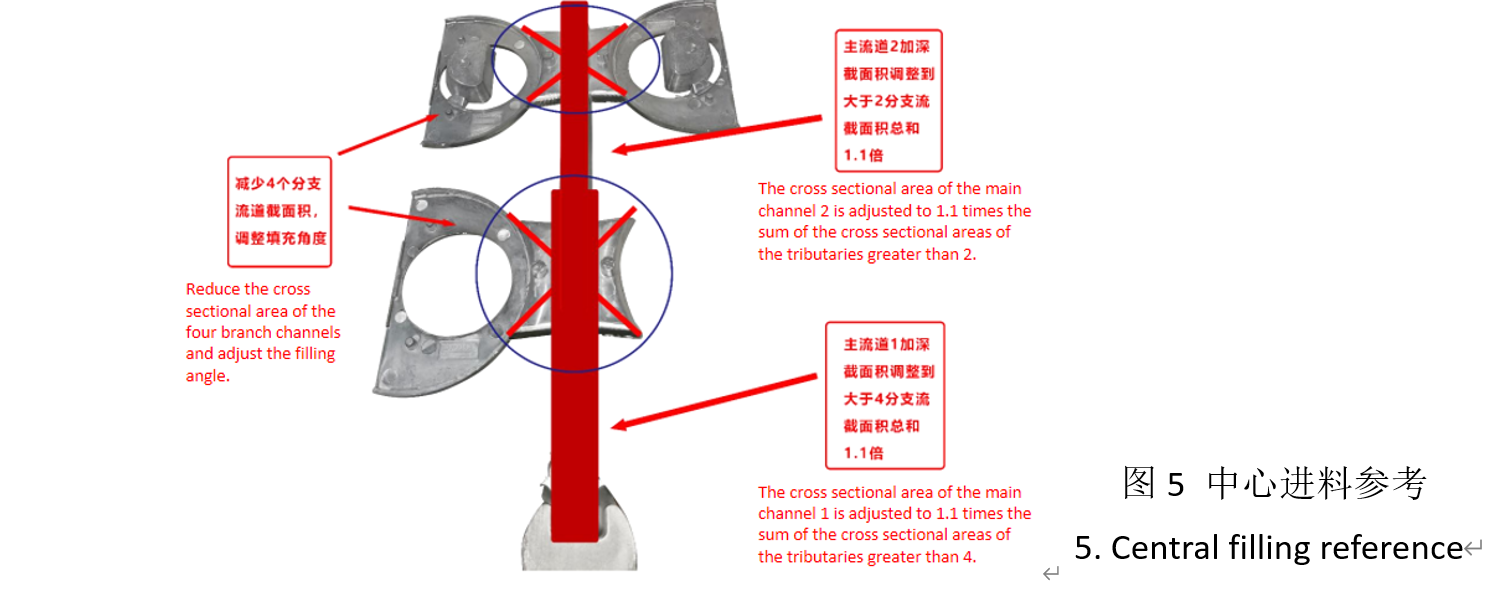In the constantly changing world of online gaming, few names stand out quite like Slot88. This enthralling platform has carved a niche for itself, attracting players with its entertaining gameplay and colorful design. As enthusiasts flock to explore what Slot88 has to offer, it’s apparent that this isn’t just another run-of-the-mill online slot game; it stands as a unique blend of thrill and novelty that keeps players coming back for more.
One of the most remarkable aspects of Slot88 is its connection to Zenplay168 , a name synonymous with quality gaming experiences. Together, they form a seamless environment where players can immerse themselves in exciting adventures while enjoying high-quality features. The combination of stunning graphics, rewarding bonuses, and user-friendly interface sets Slot88 apart, making it a go-to option among both novice and seasoned players. Whether you’re looking to unwind after a long day or test your luck in hopes of landing a jackpot, Slot88 promises a remarkable experience that truly embodies the spirit of online gaming.
Grasping Slot88
Slot 88 is distinguished as a notable contender in the online gaming industry, primarily recognized for its engaging slot games. This platform features a wide variety of themes and gameplay styles,slot88 catering to a diverse audience of players. From classic fruit machines to contemporary video slots with immersive storylines, Slot 88 promises that every gaming session is enjoyable and full of opportunities for wins.
One of the important features that distinguishes Slot 88 from others is its intuitive interface. The platform is designed to provide smooth navigation, making it easy for both new and seasoned players to locate their preferred games. Additionally, Slot88’s mobile compatibility allows users to experience their gaming experience on the go, which enhances its allure in a fast-paced digital age.
Another important aspect is the focus on quality in game design and mechanics. Slot88 incorporates advanced graphics and sound effects that improve the overall experience. Players can also take advantage of various bonuses and promotions that the platform offers, providing more incentives to explore more games. This combination of quality and incentives contributes to Slot88’s reputation as a leading destination for online slot gaming.
Key Features of Slot88
One of the standout features of Slot 88 is its broad selection of gaming options. Players can choose from a plethora of slots, each offering individual themes, graphics, and gameplay mechanics. This variety ensures that there is something for all players, whether you prefer traditional fruit machines or contemporary video slots with intricate storylines. The platform continually updates its game library, giving players fresh content to explore continuously.
Another notable aspect of Slot 88 is its easy-to-use interface. The layout is simple and easy to navigate, allowing both beginners and seasoned players to find their beloved games easily. Additionally, Slot88 is tailored for both desktop and mobile device platforms, ensuring a seamless gaming experience on any platform. This adaptability enhances convenience and appeals to a broader audience.
Lastly, Slot88 prides itself on offering enticing bonuses and promotions. New players are typically welcomed with lavish sign-up bonuses, while loyal players can take advantage from regular promotions and loyalty rewards. These incentives not only enhance the gaming experience but also provide more chances for players to achieve great wins. By partnering with Zenplay168, the Slot88 platform additionally solidifies its standing as a premier online gaming destination.
Comparative Analysis with Zenplay168
When comparing Slot88 with Zenplay168, it is essential to examine their distinct features and offerings. Slot88 is recognized for its extensive selection of games, which encompass various themes and styles, allowing players to choose according to their preferences. This rich tapestry of games enhances user engagement and satisfaction. In contrast, Zenplay 168 is often praised for its user-friendly interface, which simplifies navigation and fosters a seamless gaming experience, especially for newcomers in the online casino world.
Another crucial aspect to consider is the promotional strategies deployed by both platforms. Slot 88 tends to offer attractive bonuses and loyalty programs, encouraging players to keep coming back. These promotions can play a significant role in enhancing the overall gaming experience, as they provide players with additional opportunities to win. On the other hand, Zenplay168’s promotions emphasize player retention through targeted offers, which can appeal more to seasoned players who are looking for long-term benefits.
Lastly, the community and support associated with each platform merit attention. Slot88 boasts a vibrant community that fosters interaction and sharing among players, which can enhance the overall enjoyment of gaming. This sense of community is often absent in more solitary gaming experiences. Zenplay 168, meanwhile, focuses on providing exemplary customer service, ensuring that players can swiftly resolve any issues they encounter. This commitment to support can significantly influence player satisfaction, making it a crucial differentiator between the two platforms.
User Experience and Engagement
This user experience on Slot88 is tailored to be engaging and enjoyable, catering to both new and seasoned players. The platform features a sleek and user-friendly interface that allows users to navigate effortlessly through various games and categories. This simplicity is a crucial factor in attracting players, as they can easily find their preferred slots free from unnecessary hassle. Enhanced graphics and sound effects further elevate the gaming experience, allowing players to feel increasingly connected to the games they are playing.
Engagement is essential to Slot88’s appeal, with a variety of special deals and rewards that keep players coming back. Regular bonuses and loyalty programs provide incentives for users to try out different games and enhance their playtime. Additionally, Slot88 often features tournaments where players can battle for prizes, creating a sense of community and camaraderie among users. This competitive spirit not only enhances player engagement but also creates a dynamic atmosphere that resonates with many gamers.
Zenplay168 complements the user experience on Slot88 by offering a helpful gaming environment with real-time customer service and community interaction features. This combination ensures that players can receive assistance whenever it is needed and share their gaming experiences with others. The combination of reliable support and active interaction opportunities contributes to a more fulfilling gaming environment, making Slot88 a top choice in the online slot gaming arena.
Bonuses and Promotions
At Slot 88, players are greeted with an incredible array of bonuses that enhance the gaming experience. New players can take advantage of the lavish welcome bonus, which typically includes a significant match on their first deposit. This offer allows newcomers to explore the vast selection of games available, from traditional slots to the most exciting video slot offerings. The thrill of starting with additional funds adds an further layer of excitement to the gaming experience.
Regular players are also rewarded through loyalty programs that provide consistent bonuses. These often include reload bonuses, cashbacks, and bonus spins, which make returning to Slot88 even more attractive. By joining in various events and challenges, players can earn extra rewards that foster a sense of community and camaraderie among gamers. This continuous participation keeps players invested and motivated to explore fresh games and strategies.
Moreover, the Slot88 casino occasionally features time-limited promotions that create a sense of urgency and anticipation. These promotions might revolve around special occasions, festive occasions, or special game launches. By leveraging these promotions, players can maximize their gaming sessions and increase their chances of winning. This vibrant environment makes Slot88 an appealing destination for both new and experienced players seeking entertainment and fun.
Conclusion: The Attraction of Slot88
Slot88 distinguishes itself in the competitive world of online gaming due to its enthralling gameplay and intuitive interface. Players are drawn to its eye-catching graphics and enthralling sound effects, which boost the overall gaming experience. This platform successfully combines entertainment with the thrill of possible wins, making it a popular choice for both novices and seasoned players alike.
Another striking aspect of Slot88 is its focus to fair play and transparency. With regular audits and certifications, players can be confident that their gaming experience is not only fun but also dependable. This commitment to integrity fosters a loyal community, where players feel confident in their choices and excited to return for more.
Moreover, partnerships with trustworthy brands like Zenplay168 bolster Slot88’s reputation. These collaborations ensure that players have access to a wide range of games, safe transactions, and outstanding customer support. This mix of quality, protection, and constant innovation is what truly makes Slot88 attractive, providing endless entertainment possibilities for everyone.




